6 Free Characteristic Design transparent PNG images
Welcome to our Characteristic Design image collection, featuring 6 free AI-generated images. Explore a diverse array of stock photos, 3D objects, vectors, and illustrations that showcase unique and distinctive design elements. Enjoy high-resolution downloads and use our 'open in editor' feature to customize prompts for your perfect image.
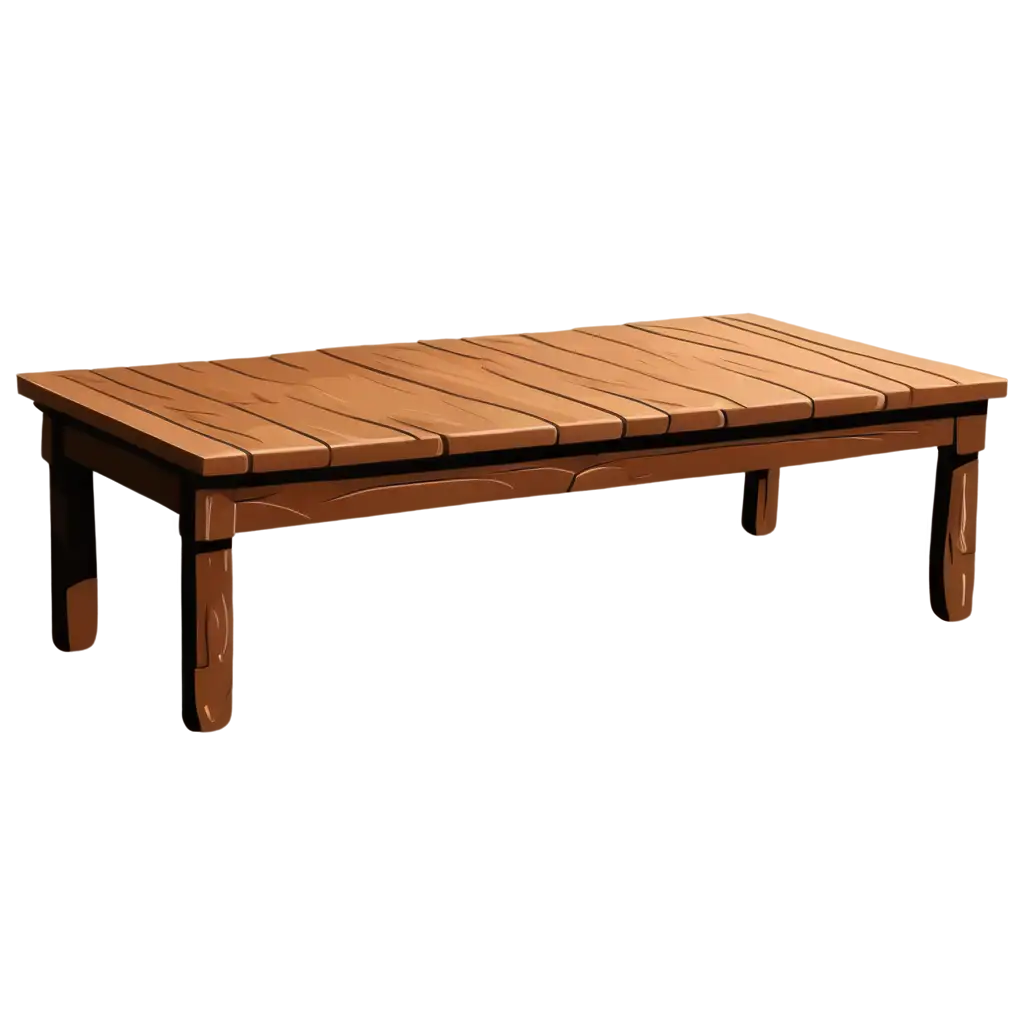

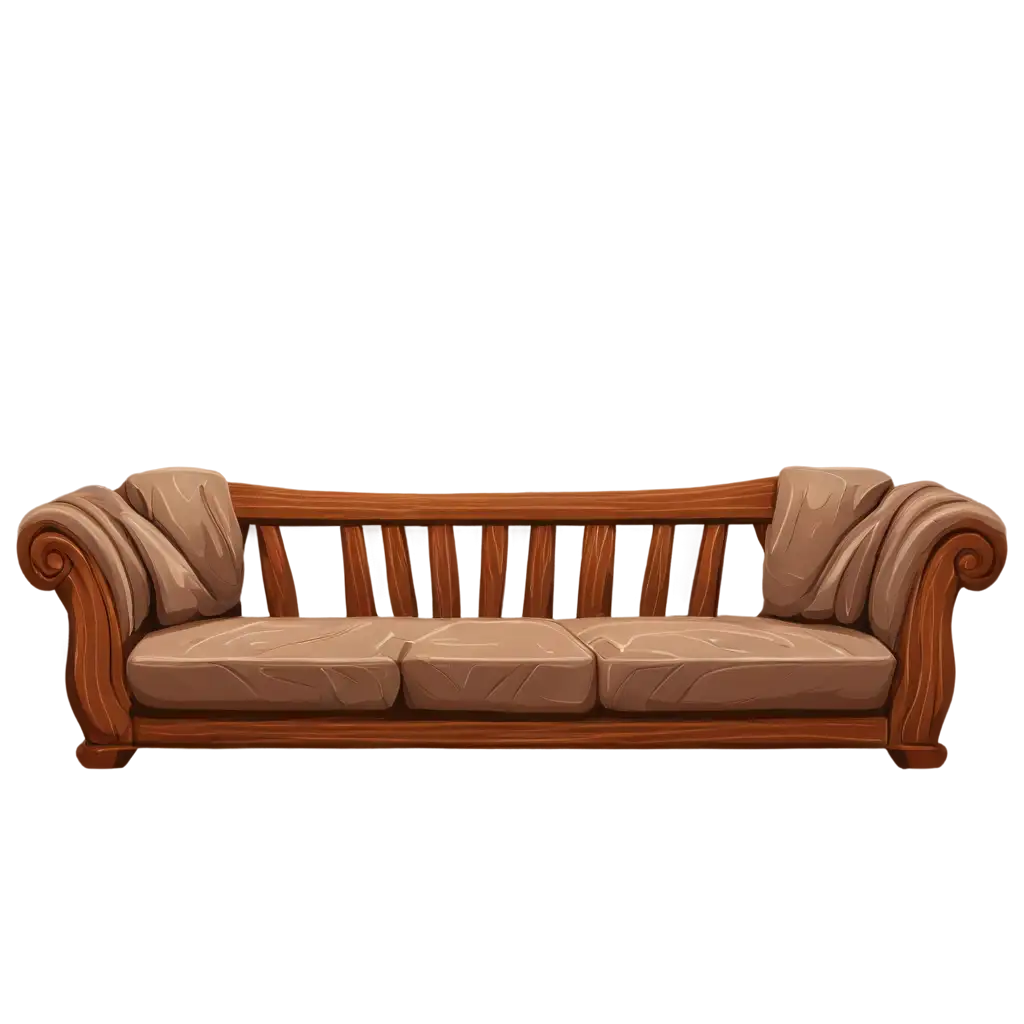
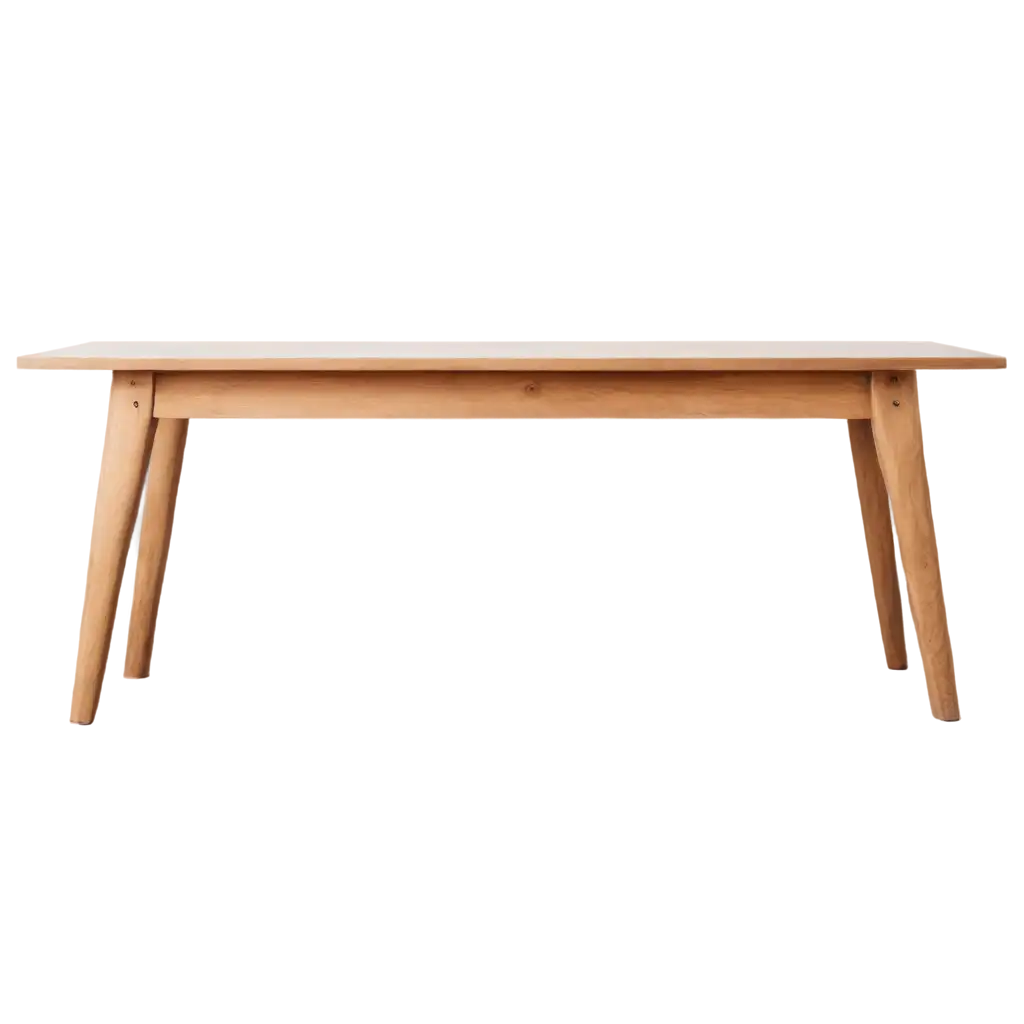
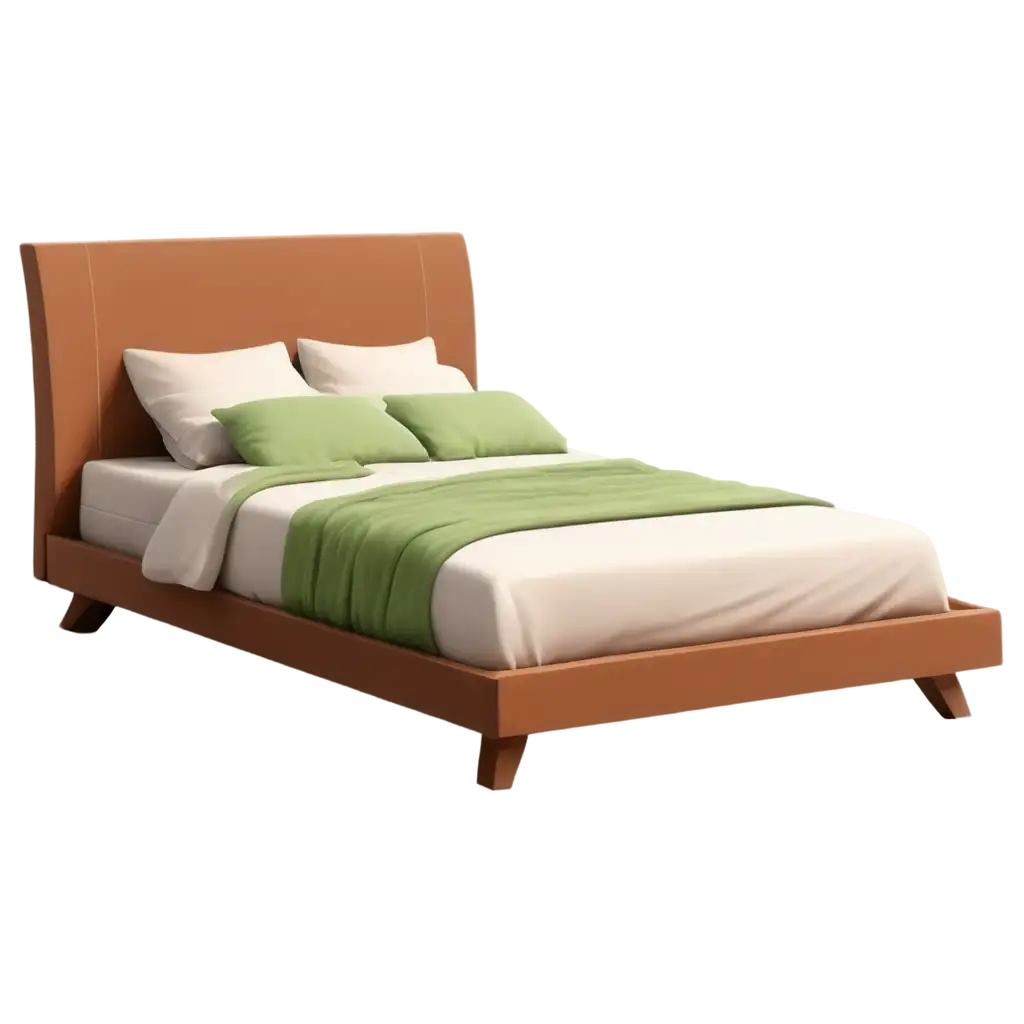
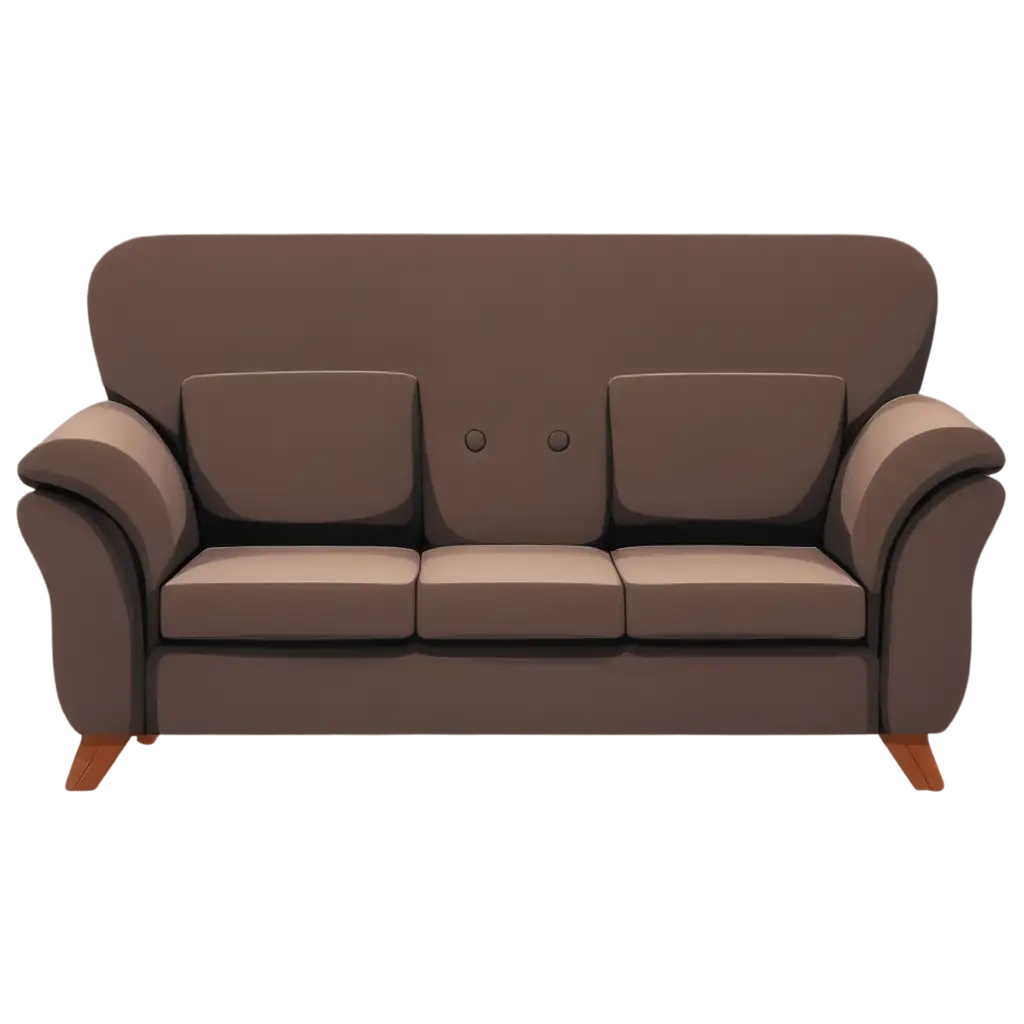
Characteristic Design refers to a design approach that emphasizes unique, memorable, and distinctive features that set a product, brand, or artwork apart from others. Key elements of Characteristic Design include signature shapes, color schemes, patterns, or visual motifs that are instantly recognizable. This design philosophy aims to create a strong visual identity that resonates with viewers and leaves a lasting impression. For example, the curved silhouette of a Coca-Cola bottle or the minimalist aesthetic of Apple products are prime examples of Characteristic Design in action.
Defining Characteristic Design: Key Elements and Principles
Characteristic Design finds applications in numerous fields, including product design, branding, architecture, and digital media. In product design, it's used to create iconic items like the Vespa scooter or the Eames lounge chair. In branding, companies use Characteristic Design to develop memorable logos and visual identities, such as Nike's swoosh or McDonald's golden arches. Architects employ this concept to create distinctive buildings like the Sydney Opera House or the Guggenheim Museum in Bilbao. In digital media, apps and websites utilize Characteristic Design to stand out in a crowded marketplace, often through unique user interfaces or interaction patterns.
Applications of Characteristic Design Across Various Industries
To create effective Characteristic Design, designers must balance uniqueness with functionality and aesthetic appeal. The process often begins with extensive research into the target audience, market trends, and the core values of the brand or product. Techniques for developing Characteristic Design include: 1. Identifying a unique selling proposition (USP) and translating it into visual elements. 2. Experimenting with unconventional shapes, colors, or materials. 3. Simplifying complex ideas into memorable visual shortcuts. 4. Incorporating cultural or historical references that resonate with the audience. 5. Developing a consistent design language across all touchpoints. Designers must also consider the longevity of their Characteristic Design choices, ensuring they remain relevant and appealing over time while still maintaining their distinctive qualities.
Creating Characteristic Design: Techniques and Considerations
As technology advances, the future of Characteristic Design is evolving to incorporate AI-driven personalization and adaptive design elements. AI algorithms can analyze user preferences and behaviors to create dynamic, personalized design experiences that still maintain core characteristic elements. This trend is already visible in adaptive user interfaces and personalized product recommendations. Furthermore, emerging technologies like augmented reality (AR) and virtual reality (VR) are opening new avenues for Characteristic Design, allowing for immersive, three-dimensional brand experiences. As sustainability becomes increasingly important, we can expect Characteristic Design to incorporate more eco-friendly materials and processes, potentially leading to new aesthetic directions that blend distinctiveness with environmental consciousness. The challenge for designers will be to create Characteristic Designs that are flexible enough to adapt to these technological advancements while still maintaining a strong, recognizable identity in an increasingly digital and personalized world.
The Future of Characteristic Design in the Age of AI and Personalization